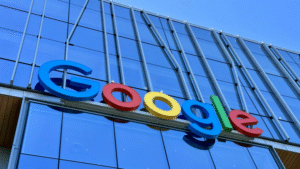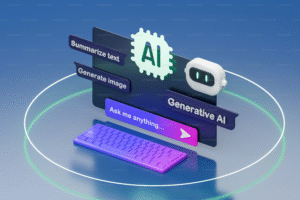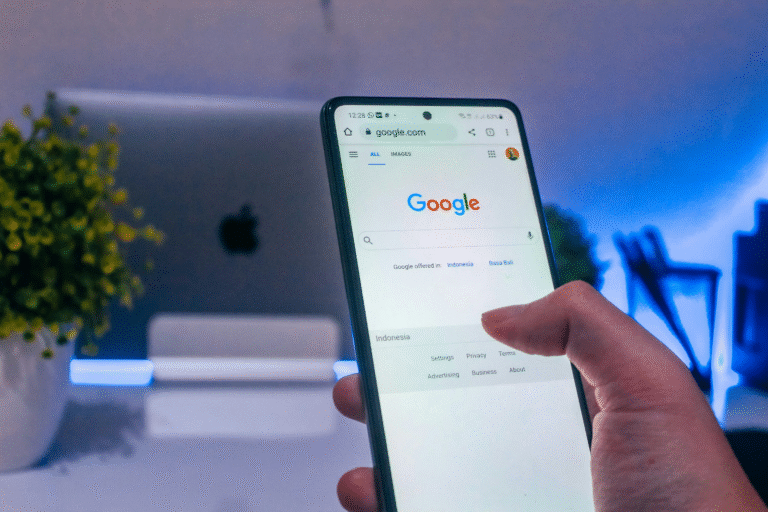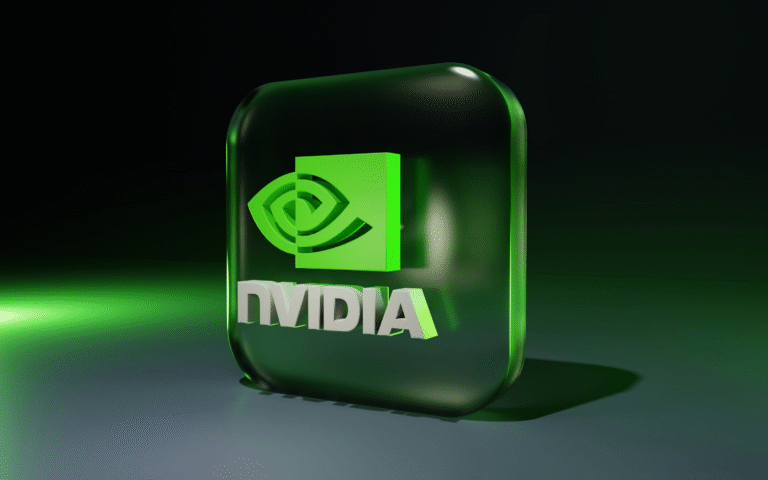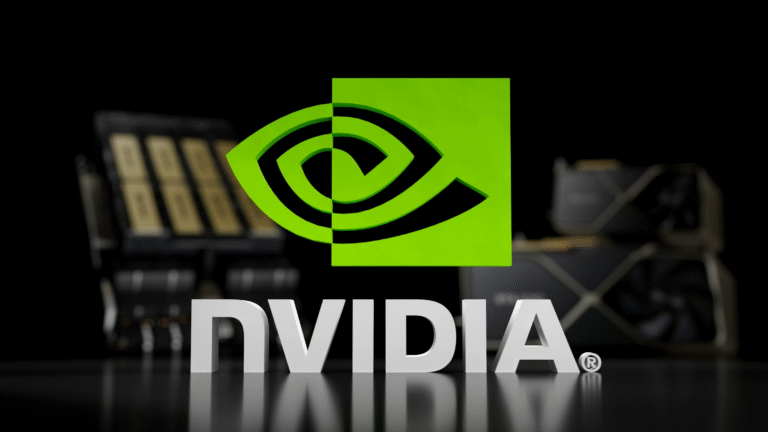Nuclear football is the nearest cutting-edge likeness to the medieval crown and scepter—a symbol of supreme power. Accompanying the commander in boss any place he goes, the harmless-looking attaché is promoted in films and spy books as a definitive force frill, a Judgment day machine that could obliterate the whole world.
Officially known as the “president’s emergency satchel,” the purported nuclear “Football”— compact and hand-conveyed—is worked around a strong aluminum outline, encased in dark cowhide. A resigned Football, exhausted of its highly confidential inward substance, is right now in plain view at the Smithsonian National Museum of American History. “We were searching for something that would exhibit the extraordinary military force and obligations of the president, and we struck upon this notable article,” says keeper Harry Rubenstein.
In opposition to mainstream thinking, Football doesn’t contain a major red catch for dispatching a nuclear conflict. Its basic role is to affirm the president’s character, and it permits him to speak with the National Military Command Center in the Pentagon, which screens overall nuclear dangers and can arrange an instant reaction. The Football additionally furnishes the commander in boss with an improved menu of nuclear strike alternatives—permitting him to choose, for instance, regardless of whether to annihilate the entirety of America’s foes in a single singular motion or to restrict himself to wrecking just Moscow or Pyongyang or Beijing.
Even though its beginnings remain exceptionally grouped, Football can be followed back to the 1962 Cuban missile crisis. Secretly, John F. Kennedy accepted that nuclear weapons were, as he put it, “just useful for hindering.” He likewise felt it was “insane that two men, sitting on inverse sides of the world, ought to have the option to choose to stop civilization.” Horrified by the convention known as MAD (commonly guaranteed obliteration), JFK requested locks to be set on nuclear weapons and demanded options to the “win big or bust” nuclear conflict plan.
A declassified Kennedy update records the worries that prompted the development of Football as a framework for confirming the character of the commander in boss. The President represented the accompanying chilling, yet practical, questions:
“How might the individual who accepted guidelines confirm them?”
As per previous Secretary of Defense Robert S. McNamara, the Football procured its name from an early nuclear conflict plan code-named “Dropkick.” (“Dropkick” required a “football” to be placed into impact.) The soonest known photo of a tactical associate following the president with the obvious dark folder case (an altered form of a standard Zero-Halliburton model) was taken on May 10, 1963, at the Kennedy family compound in Hyannis Port, Massachusetts. Since 1963, Football has gotten a staple of presidential outings and was even captured in Red Square in May 1988, accompanying President Ronald Reagan on a state visit to the Soviet Union. (Reagan’s Soviet partner, Mikhail Gorbachev, was accompanied by a tactical associate who was gripping a fundamentally the same as a gadget, referred to in Russian as the chemodanchik, or “little portfolio.”)
A common grievance of presidents and military associates the same has been that Football, which presently weighs around 45 pounds, contains a lot of documentation. President Jimmy Carter, who had qualified as a nuclear submarine commander, knew that he would have a couple of moments to conclude how to react to a nuclear negative mark against the United States. Carter requested that the conflict plans be radically streamlined. A previous military assistant to President Bill Clinton, Col. Buzz Patterson, would later portray the subsequent pared-down set of decisions as similar to a “Denny’s morning meal menu.” “It resembles selecting one from Column An and two out of Column B,” he told the History Channel.
The main unclassified reference to the presence of Football is contained in an earlier highly confidential memorandum from 1965 acquired by the National Security Archive of George Washington University. Entrusted with diminishing the heaviness of the Football, a senior guard official concurred this was a commendable objective, yet added, “I’m certain we can discover solid dispatches who are equipped for conveying an extra pound or two of paper.”


